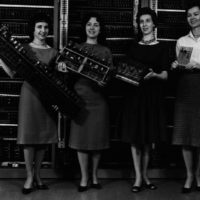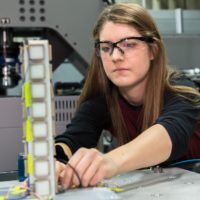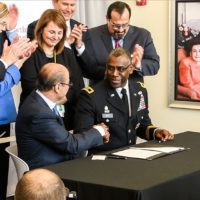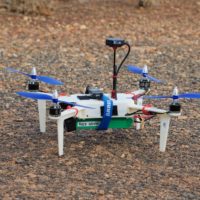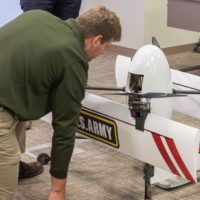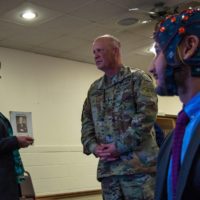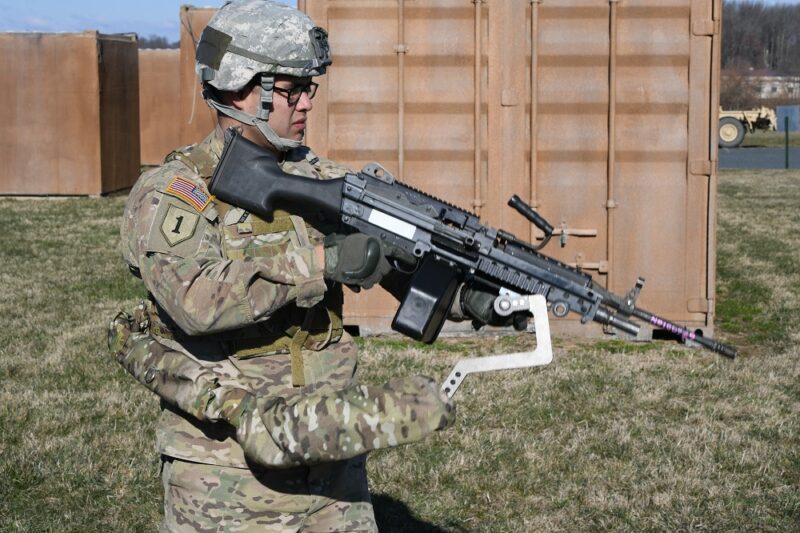
For nearly 30 years, the Army Research Laboratory has worked to solve some of the Army’s toughest technological challenges and aimed to predict how the technology of tomorrow could both help and disrupt the future warfighter.
Now, amid a big modernization push within the Army, the lab is at the forefront of cutting-edge research efforts some officials liken to a full-scale “Army renaissance” in science and technology.
In recent years, the lab has become the foundation for executing the Army Futures Command’s vision for modernizing the Army to win future wars — an effort that has taken on greater emphasis in the last few years.
In October 2017, the Army redirected more than a $1 billion — about 80 percent of total science and tech funding — to modernization efforts and established six new priorities or “pillars,” for future investments. The new priorities are enhancing long-range precision fires, next-generation combat vehicles, future vertical lift, the Army network, air and missile defense capabilities and soldier lethality.
“As a division commander in our nation’s Army, I have no greater responsibility than the readiness of our fighting men and women,” Maj. Gen. Walter E. Piatt, commanding general of the 10th Mountain Division at Fort Drum in New York, told WashingtonExec. “I look to the Army Research Lab to be a key component to meeting that mission. It is integral that we continue to test and provide feedback on prototypes that have the ability to make us more lethal, such as the exoskeleton, electronic warfare technology and the robotic mule, to better understand our current and future readiness requirements.”
Staying Ahead of Threats
Established 1992 in Adelphi and Aberdeen, Maryland, from the merger of eight different Army laboratories, the Combat Capabilities Development Command Army Research Laboratory serves as “the nation’s premier laboratory for land forces.”
The lab employs more than 1,500 scientists, engineers and technologists and serves as the beginning and end of the Army supply chain for innovative technologies.
Chief among the lab’s priorities is what’s known as foundational disruptive research. This is new technology that will make today’s Army technologies essentially obsolete, according to Alex Kott, the lab’s chief scientist. It’s also an effort to understand what potential global opponents and competitors might have and how the lab can counter those capabilities.
The lab also keeps in consideration “technology forecasting,” Kott said, which involves making long-term projections of what the Army and the technology environment will look like in the next 20 to 40 years.
“I like to say that we want to know the threat before the threat itself knows what it wants to be. Why? Because the science drives so much, the trajectory of science and it’s a long trajectory, drive so much of technology and so much of what people can do in the future,” Kott said.
Overall, the lab focuses on nine essential research areas including discovery, artificial intelligence and machine learning, tactical unit energy independence, distributed and cooperative engagements in challenging environments, science for manufacturing at point of need, accelerated learning for a ready responsive force, manipulating physics of failure for robust performance, human agent teaming and cyber and electromagnetic technologies.
Officials estimate that for every dollar contributed by the American taxpayer, the lab produces $100,000 worth of new basic research and innovation.
Autonomous Systems Could One Day be ‘Tip of the Spear’
The lab always has its eye toward the future.
In October, researchers there contributed with the top 10 best science advances of 2018, which included innovations such as transporting quantum information with minimum distortions and taming the atom.
The lab also expects the battlefield of the future be multidomain (air, ground, sea, space and cyberspace) and robot intensive — meaning more autonomous and robotic systems such as ground robotic systems, unmanned aerial vehicles and small robotic systems to help the soldiers at the tactical levels.
There is also great interest in advancing manned/unmanned teaming working to create robotic technologies that can fight alongside soldiers, Riddick said.
“There will be more and more saturation of robotic systems playing the role of teammate to the soldier, but also in some cases going out in front and being the tip of the spear and breaching operations,” said Jaret Riddick, director of the lab’s Vehicle Technology Directorate, who calls the reorganization of the modernization enterprise of ARL an “Army renaissance.”
Riddick said the lab recently launched a center for UAS propulsion, which looks to convene a community of academic, industry and government partners around technologies for small engine power for next-generation UAS. The center currently focuses on the concept of multifuel capable hybrid electric propulsion, or smart engines that can burn any fuel and automatically adjust to burn it efficiently.
Open Campus Program Gathers Bright Minds
Another key role for the lab is acting as the face of the Army to the academic community and industry researchers both in the U.S. and globally for foundational research purposes.
The lab operates under its Open Campus program by engaging in corporate R&D agreements. Open Campus allows the researchers at the lab to collaborate with 60 private sector companies and more than 40 universities around the world to help the Army continue its research and leverage intellectual resources from a global academic scientific research community.
This collaboration between industry and academia has also helped reverse the Army’s consolidation trend from the 1990s. In the last few years, the lab has established four new sites across the U.S. with specific research interests, including ARL West in Playa Vista, California; ARL South in Austin; ARL Central in Chicago; and ARL Northeast in Boston, whose doors opened in January 2018.
Not only does Open Campus enable self-forming research teams driven for competitive research, but it also exposes scientist, engineers, academics and students to real research applications and outlooks of the Army.
“What I love about the ARL and Open Campus is they really have allowed us to play out a truly integrated model, not only across the external stakeholders but also with other services,” said Melissa Flagg, lead of the ARL Northeast.
She explained that by bringing the best researchers nationwide into the lab’s various centers and working with local military R&D engineering commands and organizations, the U.S. has the opportunity to re-write the battlefield of the future instead of only responding to it.
“We want to allow people to come into our main campuses at Adelphi and Aberdeen to leverage our facilities, to leverage our expertise, to stimulate collaborations there,” Flagg said. “But we also want to bring our people and our capabilities outward so that we benefit from infrastructure and ideas and smart people around the country.”
Other ARL resources include a state-of-the-art research facility at the lab’s Adelphi Laboratory Research Center, an online intellectual property store open to the public, sabbaticals for ARL staff and a sciences services program that enables federal organizations to obtain specialized scientific and technical services to accomplish R&D goals and mission objectives.


